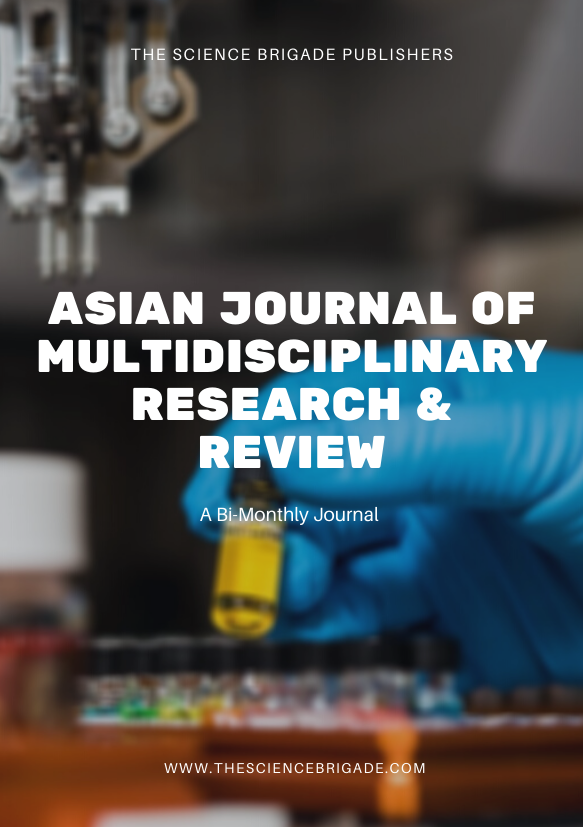This article presents the history of Islam and the pilgrimage on foot, on donkeys and on camels during the so-called pre-colonial and colonial times, among the Musgum people and the various changes that take place from the colonization period, associated with the arrival of Islam in musgum country. However, Islam notes that the Arab tradition is appeared in Sub-Saharan Africa seven years after the death of the prophet Mohamed in 639 in Mecca, the arrival of Islam in Africa is done very slowly, by what it borrows two paths: one to the east of the continent, passing through Egypt and the Maghreb, the other to the west of Africa where the Arabs set up trading posts. While knowing that it is impossible to conclude a question as rich and varied as that of the presence of Islam in Cameroon, we can nevertheless make some remarks starting from African Independence and with the different ethnic groups such as the kotoko and the musgum, the Arab Fulani, and guiziga. The Musgums formerly called Kird, are descendants of the Sao, located around the plain of Logone and are holders of several chiefdoms. These men with dark complexions, robust are a people of Central and West Africa, but bordering the Middle Logone. According to the Muslim traditional, the Hajj and Umrah pilgrimages have not always been granted to Muslims. It is reported in the Muslim traditional accounts that throughout Muhammad’s era, the Muslims wanted to establish the right to perform Umrah and Hajj to Mecca since the latter had been prescribed by the Quran. During the colonial time, the Mecca was allegedly occupied by Arab Pagans who used to worship idols inside Mecca. These rituals complete the Umrah, and the pilgrim not a part of the ritual, but most pilgrims drink water from the Well of Zamzam. Various peoples perform these rituals with slightly different methods. The peak times of pilgrimage are the days before, during and after the Hajj and during the last ten days of Ramadan. During the colonial time early years of the Islamic Ummah, it is claimed that the musgum people have attempt this ritual with slightly different methods traveling with the animal to arrive in Mecca between colonial and precolonial time to perform pilgrimages inspired by a dream that Muhammad had while in Madinah, in which he was performing the ceremonies of Umrah, The musgum people in the Northern Cameroon have also already went to Mecca to perform the Muslim pilgrimage






